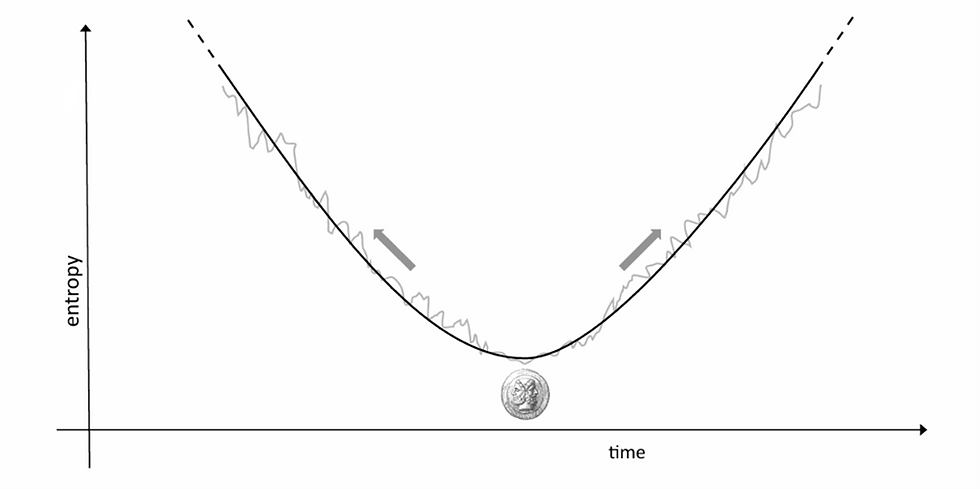Philosophical Insight On The Nature Of Light
- JYP Admin

- Nov 27, 2020
- 4 min read
Updated: Oct 8, 2023
Author: Krishnasri Gollakota

Picture depicting the beauty of light. [Western express highway, Mumbai (Krishnasri Gollakota, 22 February 2019.)]
The journey of discovering the nature of light
Light and its true nature remains one of the most mysterious subjects for scientists and philosophers. Several scientists from Euclid to Einstein tried to contemplate the true nature of light. We have had some ingenious experiments like Young’s double slit experiment and the Michelson-Morley experiment. Long before, it was believed that light consists of particles. Newton's corpuscular theory explained the straight-line propagation of light and proved the laws of reflection and refraction of light.
The beginning of the study of the wave nature of light lies in the theoretical aspect of Huygens wave theory of light and experiments of Young and Fresnel. Then we have the Maxwell’s equations of electromagnetism. In 1887, Hertz confirmed Maxwell’s theoretical prediction. Michelson and Morley performed the famous ether-drag experiment and found that light travels at the same speed irrespective of the position of earth in its orbit. This led to the conclusion that ether does not exist. Then we had Planck’s idea of light being absorbed or emitted in the form of discrete packets of energy called quanta. In 1905, Einstein made use of the quanta concept to explain the photoelectric effect. He reintroduced the idea that light is just a stream of particles (called photons). Applying Planck’s theory, Niels Bohr devised an atomic model for the emission and absorption of light. This long journey of discovering the nature of light has so far led us to a fascinating and absurd conclusion that light has dual nature: both particle and wave.
An attempt to understand the true nature of light
The wave-particle duality has troubled and fascinated a lot of scientists and philosophers.
It is difficult to contemplate anything with dual nature. How can we know light’s true nature? Is that even possible?
On the basis of knowing certain psychological laws of a statistical nature and certain facts about a person, we can predict with varying degrees of probability how that person will behave. This is similar to concluding about the nature and character of the physical laws. Also, when the law is universal then elementary deductive logic is invoked in inferring unknown facts. Prediction is of course as essential to everyday life as it is to science. Even the most trivial acts we perform during the day are based on certain predictions.
Let's just consider a small thought which could probably brew into an insightful topic. Consider the simplest case of a cyclist’s journey from point A to point B. We can calculate the speed of the cyclist by measuring the duration of time and distance travelled by the cyclist. Here we assumed the cyclist is moving with a uniform velocity. However, practically, in the intermediate journey the velocity of the cyclist may not remain uniform. When the distance and the speed are within the limits of the human eye, the nature of his journey can be easily analyzed. But when the speed of object is very high, i.e., near to the speed of light and we need to judge its nature, all our experiments will fail. We cannot predict the nature of his journey, unless we move with his speed, or faster than him.
In analogy of the above discussion, it may be the case that the true nature of light can be achieved by studying the mechanisms and nature of something faster than light. It may be argued that the human mind is faster than light. The complex and the abstract nature of mind is as mysterious as light.
A human being has only one mind but with two distinct parts. Each of these minds is capable of independent action as well as synchronous actions. We call one the objective mind since it deals with external things, and the other is the subjective mind. The subjective mind is controlled by the suggestion of the objective or conscious mind. This dual nature of mind may seem analogous to nature of light.
As we know, Nature loves symmetry. So, to truly understand the nature of light, we must understand the mechanisms of the human subjective consciousness. Finding symmetry in working of the mind and light would help in the study of the true character of the mind and light.
Hence, knowledge of specific facts that can be expressed as universal or statistical law could provide a basis for the prediction of unknown facts. The true nature of light can be deduced via specific real-life examples and via thought experiments. The most crucial part of this discussion is that perhaps the true nature of light could be revealed by a thorough understanding of the mechanisms of human subjective consciousness.
We humans are biologically limited to study the true nature of light, but some mysteries regarding the nature of light could be solved by studying the physics behind the mechanisms of human mind. Prediction is involved in every act of human behavior that involves deliberate choice. Without it both science and everyday life would be impossible. So, this insight could possibly be viewed as a new path for studying the true nature of light. This path may not lead us to the ultimate truth, but it is worth taking, nevertheless.
References
1. Miracles of your mind (Dr. Joseph Murphy, Ninth impression 2018)
2. Philosophical Foundations of Physics (Rudolf Carnap ,1966 by Basic Books, Inc.)
4. A Text Book of Optics (Subrahmaniyam N. & et Al., Reprint 2018)

.png)




Comments